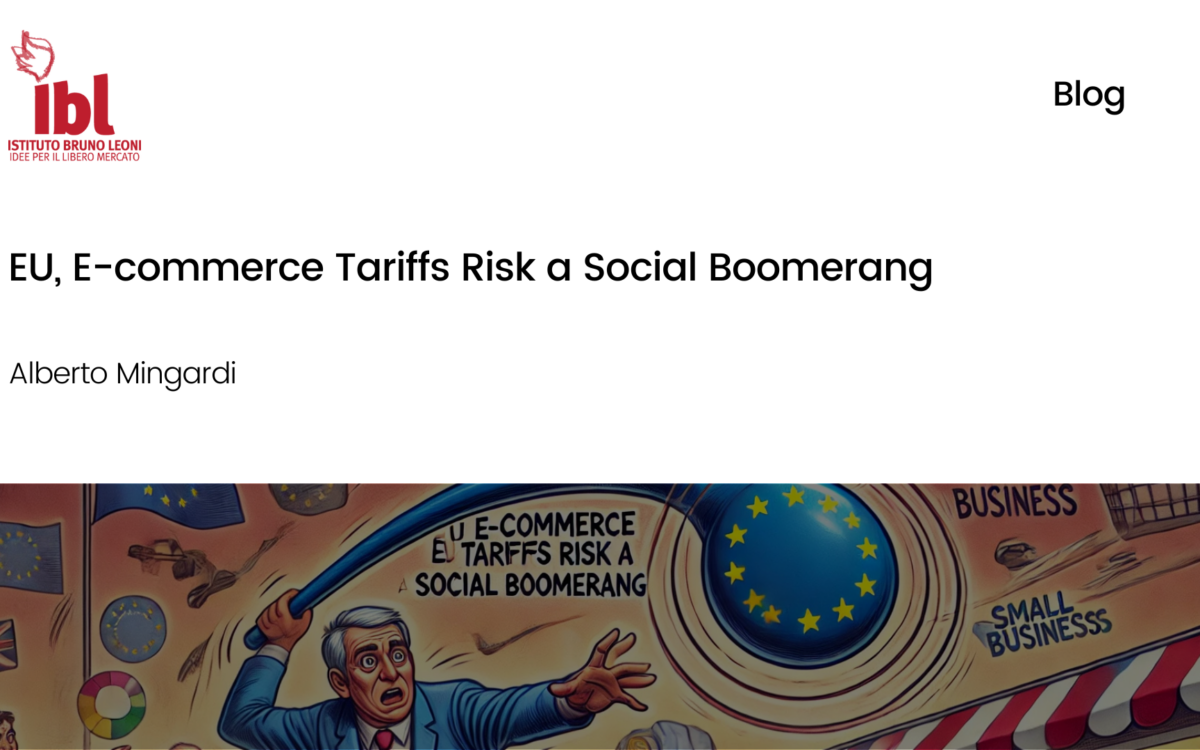How Fragile Systems Worsened the Impact of Covid-19

How Fragile Systems Worsened the Impact of Covid-19
Steve Davies // 6 May 2020
There are features of our way of life and some of our economic systems that make outbreaks like Covid-19 more likely. The pandemic we are living through was warned of and foreseen by many people over the last two decades, even if not in the precise form it has taken, and we should learn from the fact that this risk was so clear and obvious, and respond accordingly.
Almost certainly the impact was greater this time than it would have been in, for example, the 1960s. To put it another way, a flu pandemic like the one of 1968-69, while less medically severe than the Covid-19 one, would still have had a much bigger effect than it did back then. Why though is this? It is because the society and economy of the world have changed in ways that magnify the effects of a major health emergency such as a serious epidemic.
The first of these is much higher levels of economic integration as measured by a number of indicators. In particular, most economic activity now rests upon much longer and more elaborate supply chains, with a much higher proportion of final or intermediate goods sourced from a considerable distance and often with multiple distant sources for various parts of the final product. There is also far less inventory and much greater use of just-in-time delivery and logistics for production processes. And there is much greater dependence on a very small number of sources for a wide range of goods with sometimes a few suppliers overwhelmingly dominant on a global basis.
All of this is more economically efficient, which means greater output and wealth. That in turn means that societies have more resources to deal with shocks such as major epidemics. However, it also means that supply and production systems are much more vulnerable to disruption if hit by an event that is global in scope (such as a pandemic). There is a much higher degree of fragility and a lack of redundancy. Hence the impact of a global disruptive event such as a pandemic is far greater.
Secondly, in developed countries there is a far higher proportion of the adult population engaged in paid work outside the home than was the case before 1970. This is primarily due to married women with children entering the labour force in large numbers. This matters for responses to epidemics because it magnifies the economic impact of school closures. Wren-Lewis et al. found that closing schools would more than treble the economic impact of a flu pandemic, because of its knock-on effect on economic activity, which it would not have had when large numbers of women were not in the labour force.
This is related to the third reason for a major epidemic now having greater effects, which is particularly relevant for Covid-19 because of its specific medical features. The UK, like all developed societies, now has far more old people both absolutely and as a proportion of the population, than was the case in the 1960s or 1970s. Moreover, at that time far more old people were cared for at home by relatives, usually younger women. Today there is a much larger number of old people both absolutely and proportionally living in residential care of some kind. This matters because the Covid-19 virus clearly attacks the elderly much more severely at a higher frequency than is the case with younger age groups. Because there are more elderly people, who are also more spatially concentrated, there is both a higher number of serious cases and a much greater chance of spread because of larger numbers of old people being in close proximity. The staff caring for them are also exposed to a higher risk of infection and (because of not being residential) are more likely to then spread the virus, as are visitors. The way in which wealthy societies have come to care for the elderly exposes them at a higher rate and makes the consequences of that more extensive, than was the case decades ago.
There is also far more travel than fifty or sixty years ago, both within countries and across national borders but particularly long-distance travel deriving from both business and tourism. Again, this has brought great benefits. The problem when it is combined with a pandemic is twofold. Firstly, it means that the infection spreads much more rapidly than was the case fifty years ago. This makes it more difficult for governments to respond in a timely manner and means that they have to take more extensive and severe action, because of the rapidly moving target they have to deal with. It means that once you are past the very initial phase of the spread it becomes much more difficult than used to be the case to track and locate cases and transmitters, which again means that unless you are fortunate and effective enough to catch the process very early, you are driven back to dealing with an established outbreak by quarantine. Secondly, because travel of all kinds over long distances is now so important economically, the economic impact and knock-on effects of travel controls are much greater than would be the case fifty years ago.
The final big difference between today and say 1970 is the one that has forced so many governments to adopt strict quarantine and would make even a flu pandemic much more damaging than the ones we saw in the years before the 1970s. This is a structural lack of resilience and redundancy in modern healthcare systems around the world. This is not a matter of funding as far as developed countries are concerned, whether in the UK or anywhere else. (Less developed countries are another matter). In many countries hospital systems have been found or judged to be at high risk of being unable to cope with the surge in pressure caused by the distinctive features of Covid-19 infection. It is this that has driven so many to adopt the massively disruptive response of strict quarantine (lockdown).
Since the 1970s we have moved from a system with a larger number of beds, spread out geographically widely in a large number of small and medium sized hospitals, to one with far fewer beds that are used much more intensively (more procedures with much less time spent in hospital) and are concentrated in a smaller number of large hospitals. Again, this is economically more efficient but it means there is very little redundancy or spare capacity (which is why the system is always under stress every winter). The system again is very fragile and has structural features that mean a pandemic or even a true national health emergency will have massively disruptive effects. Even a small rise in cases being admitted, if it leads to many beds being occupied for some time, will put the whole system under enormous stress. The concentrated nature of the provision means both far more travel and also large foci for infection and the spread of the illness.
So, for these reasons the Coronavirus epidemic is likely to have a massive and lasting impact. It is more harmful and disruptive than previous pandemics (as even a serious flu pandemic would now be) because several key systems are now more fragile. The lack of resilience in key systems, above all health services, combined with the way that other developments have made the spread of an epidemic illness more rapid and harder to control, means that governments have been driven to adopt measures that will have massive and lasting effects.
This article is an edited extract from Going Viral: The history and economics of pandemics, which can be downloaded free of charge here.
EPICENTER publications and contributions from our member think tanks are designed to promote the discussion of economic issues and the role of markets in solving economic and social problems. As with all EPICENTER publications, the views expressed here are those of the author and not EPICENTER or its member think tanks (which have no corporate view).



